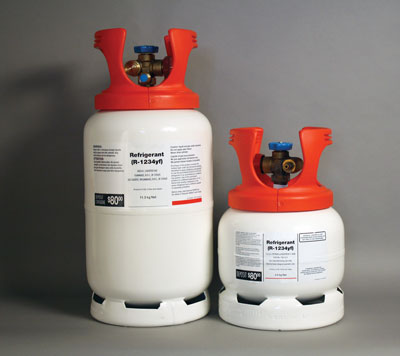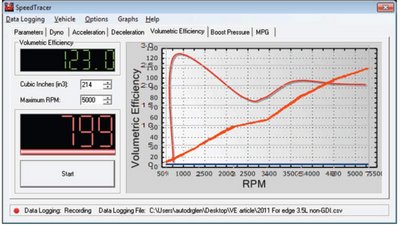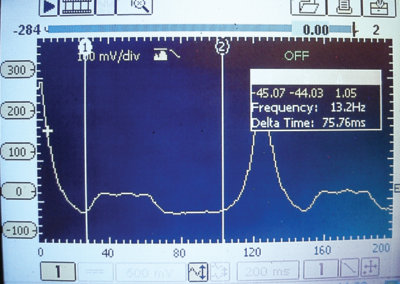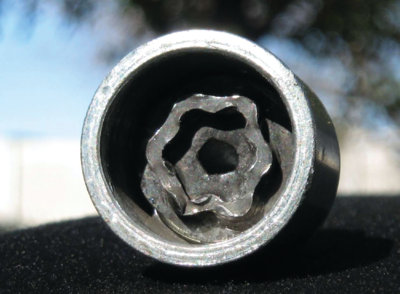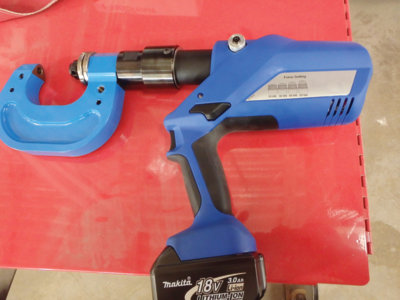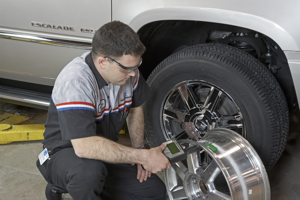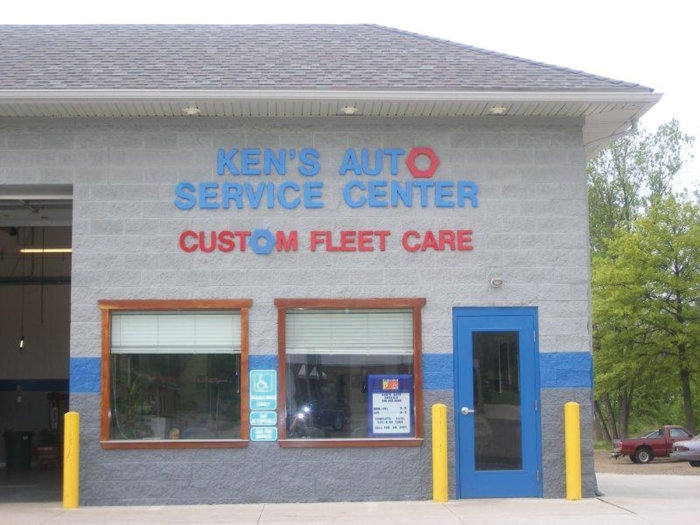May Be Closer to Home Than You Think
By now, you’ve seen probably hundreds of reports detailing the destruction left behind by Hurricanes Katrina and Rita. Destruction to homes, businesses, human lives. The toll is immeasurable to those who were directly affected.
To help ease the effects of these tragedies, there has been an outpouring of support by American citizens and businesses – admirably many of them a part of our industry.
Flooding from these hurricanes has also destroyed 10% of registered vehicles in Louisiana and Mississippi – amounting to about 470,000 vehicles – according to the National Automobile Dealers Association (NADA).
If that isn’t bad enough, it’s projected that some of these flood-damaged vehicles might make their way into other states. Apparently, only about half the states in the country require a “flood” or “salvage” brand on a vehicle title. And, some states do not require that flood-damaged vehicles be labeled as “flood” or “salvage” when they are resold in another state.
What could happen is that unscrupulous sellers could transport flood-damaged vehicles to states without strong consumer protection laws and wipe the title clean, potentially selling them to unsuspecting customers.
So, what does all of this mean to you and your business? How can you help? You can start by alerting your customers to this situation and be on hand to help inspect any vehicles they are considering buying for flood damage.
The NADA offers this inspection checklist:
Warn your customer to check the vehicle’s title history, to see if it states whether the vehicle has sustained flood damage.
Examine the interior and engine compartment for evidence of water and grit from suspected submersion.
Check for recently shampooed carpet.
Check under the floorboard carpet for water residue or stain marks from evaporated water, not related to air-conditioning pan leaks.
Check under the dashboard for dried mud and residue, and note any evidence of mold or a musty odor in the upholstery, carpet or trunk.
Inspect the chassis for evidence of rust and flaking metal that would not typically be associated with normal component wear.
It’s unfortunate that some people do take advantage of others when tragedy strikes. Helping to safeguard your customers from purchasing a flood-damaged vehicle will go a long way toward building more confidence and trust in your shop.


